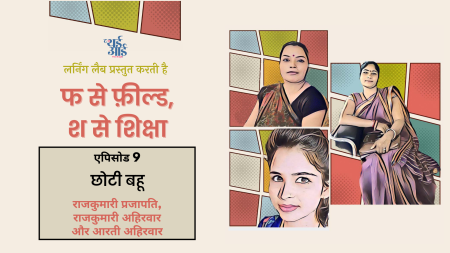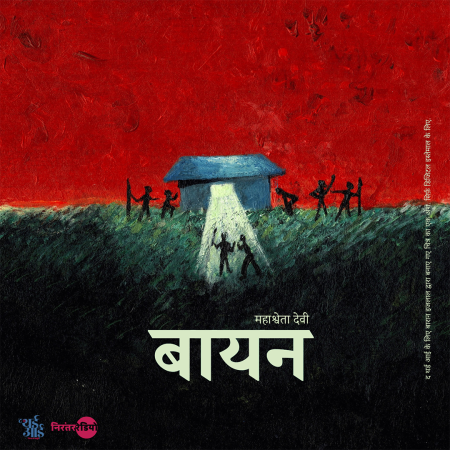Prisons and restorative justice for the incarcerated
Earlier in this piece, we observed that the disproportionate incarceration of women from marginalised backgrounds has changed feminist perspectives on criminalisation as a solution to crime. It is important for us to understand the nature of crimes these women are convicted for as well as the gendered nature of prisons themselves. As K. Balagopal, rights activist, mathematician and lawyer, wrote:
“Is deterrence of crime a valid end of justice, and therefore a valid measure of punishment?… Which is the crime whose deterrence one is talking about? To say that punitive justice may validly seek to deter rape is at least a sensible proposition. To say that it may seek to deter neighbours from coming to blows over the disposition of a boundary wall makes less sense but still some sense. But to say that it may seek to deter the poor from encroaching upon a rich man’s estate even to put up a hut, or a battered wife from breaking a brick on her husband’s head when he is safely asleep, does not even seem to make sense as an end of justice.” (Of Capital and Other Punishments)
Women in prison
The notion that those who commit harm are likely to also be survivors of harm themselves is most apparent in cases such as that of Kiran Ahluwalia in 1992. A landmark case in which Ahluwalia was initially convicted of murder for burning her husband alive, it brought to the forefront of domestic violence law the manner in which a history of abuse can turn a victim into a perpetrator. Domestic violence is a brutal reality for women and children across the world—their complaints are often dismissed and brushed under the carpet by family members, while the legal route is plagued by officials who do the same.
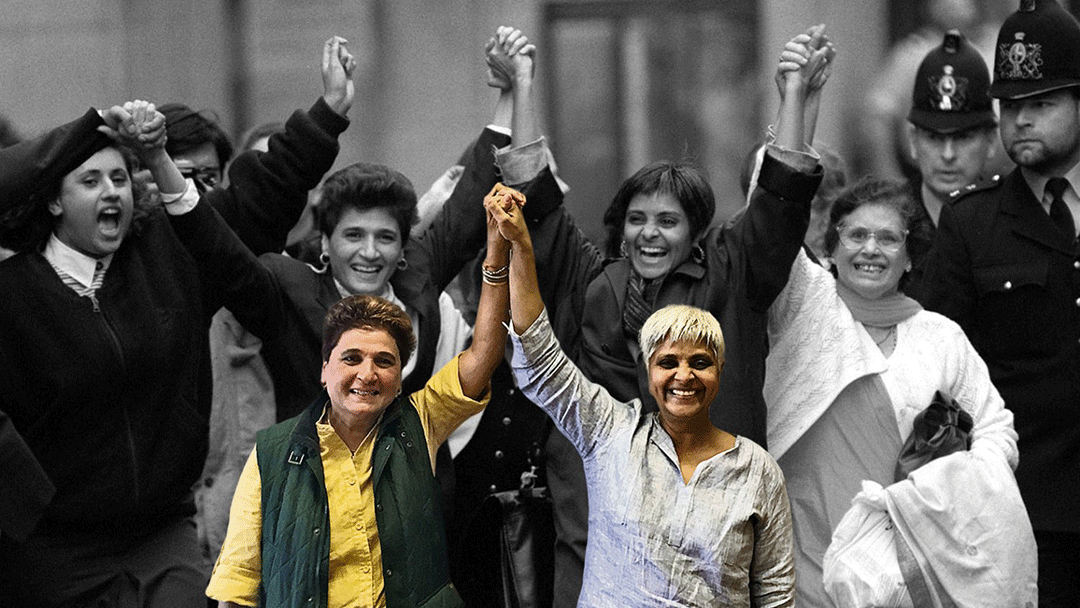
“Most of the women who have committed this crime have a long history of suffering abuse,” says Cecilia Davies, director of The Justice Initiative (TJI), an organisation that works with incarcerated women. The impact of incarceration has far-reaching effects on families and children of the incarcerated. Repairing these relationships is a big part of the restorative process. To work towards acknowledgement and apology however, healing within the person who caused harm is crucial. Davies explains:
“If I am someone who has caused harm, the onus lies on me to ask for forgiveness. But at the same time, I come from a space where I carry my own baggage and brokenness. Unless I am healed and made whole, I don’t have anything to offer the victim. I might be doing a lot of lip service by apologising, but there will be a lack of genuineness.”
Holistic well-being workshops, and creative skills training programmes are some of the many ways in which TJI facilitates expression among the women they work with. “They’re going to carry the label (of being a criminal) for the rest of their lives, but they have to be able to look at themselves as more than that label,” says Davies, adding that “some of these women are grieving for the first time after 15-16 years at our workshops—so long they have carried the burden and the manifestation of this shows in their bodies, aches and pains.”
The legal system holds no space for grief or transformation. Davies points out that if we had statistics on the number of people who commit suicide upon their release, we would see the detrimental impact this bottling up can have.
“Our prisons are like a human garbage dump,” she says, “we forget the ones we put behind bars.” While descriptions of particular laws as colonial hangovers are not uncommon, the hangover extends well beyond the law and into our very social mindset. This makes civil interventions in prison minimal to begin with, while interventions like TJI are met with significant state apathy. “All in the name of security,” says Davies, “although not even 1% of the convicts are in prison for terrorist activities. Most are common people coming from difficult circumstances.”
Meanwhile, repairing relationships is a two-way street and TJI has significant work to do with the children of those incarcerated as well. Children taken by their father’s family, especially when property or grudges are involved, are not easy to get through to. “Despite being witness to the abuse their mothers have been through, young children are literally brainwashed to testify,” says Davies. It’s friends, common relatives, neighbours, cousins and so on who create a link. News trickles through this network, and can be used as a starting point. Often children have a lot of questions they want answers to and their eagerness to engage comes from that, she explains.
“The children have been hurt but that does not justify them being hurtful. We try to speak to the children as well. They need to understand that gender prevents some sharing and that they need to wait before their mothers might be ready to share. We encourage the women to negotiate their own space, take responsibility, acknowledge harm and still maintain their control over what they want to explain and when,” says Davies.
It is not their pre-incarceration history alone that women convicts have to heal from and come to terms with. It is also the abuse and violence that takes place after their arrest. In her book, the Marxist feminist Angela Davis points to the gendered history and inbuilt patriarchy of the prison system:
“Women convicts were irrevocably fallen women, with no possibility of salvation. If male criminals were considered to be public individuals who had simply violated the social contract, female criminals were seen as having transgressed fundamental moral principles of womanhood.” (Are Prisons Obsolete?)
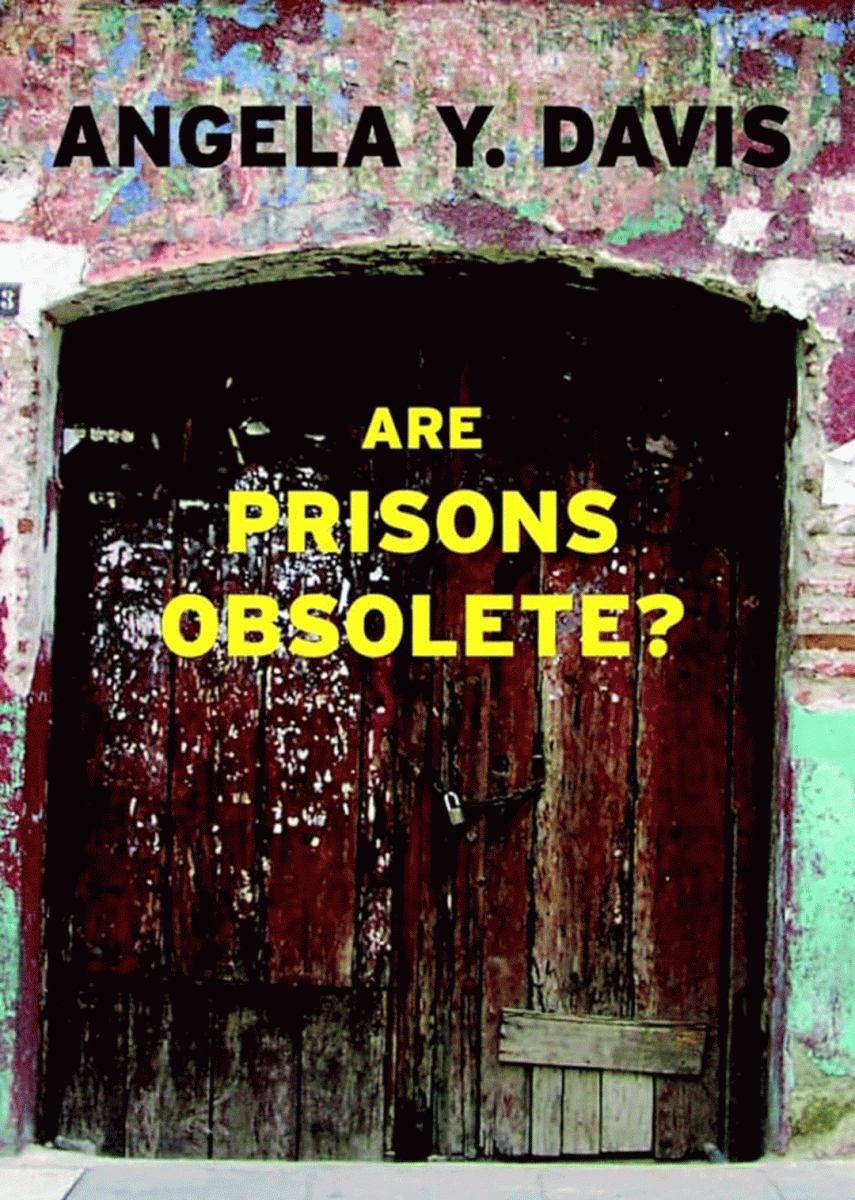
Further, dominant ideologies at the intersection of gender and other forms of marginalisation such as race, tribe and caste frequently lead to the hypersexualisation of incarcerated women which regularly serves as a “free pass” for the police, prison officials and guards to justify sexual abuse.
Davis argues that through strip searches and everyday humiliation routines, this abuse is institutionalised. For the trans community, this abuse is particularly rampant and gets extended from a fundamental denial of their identity to denial of essential healthcare resources.
In India, Cecilia Davies points out that most of the harm occurs before prison, at the level of police custody upon arrest. “Violence at the police stations takes place in collusion with the judiciary,” she says, pointing out that 99% of the people they work with have faced incredible physical and sexual abuse prior to being produced before the magistrate. While the magistrates turn a blind eye to large bruises, limps and evident physical signs of torture, doctors falsify medical examination reports. Fear of repeated abuse, concern for family members who might still be held at the station, and lack of knowledge about their legal rights make it impossible for custodial torture to be addressed in court.
A Criminal (In)justice System of Institutionalised Harm
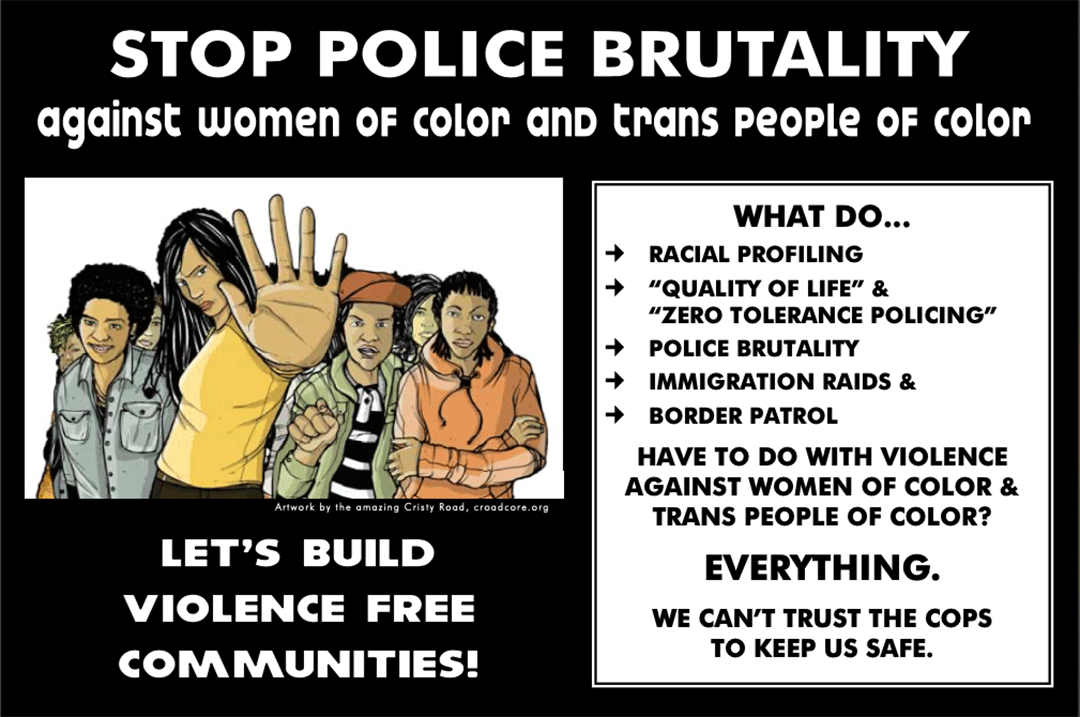
One study suggests that one in every three undertrial prisoners are from the SC/ST communities. According to the Prison Statistics India report of 2010, 28% of the total prison population are from religious minorities, of which 21% are Muslims.
“This is in keeping with the trend across the world wherein religious and ethnic minorities in prisons are far in excess of their numbers in the general population,” scholars Vijay Raghavan and Roshni Nair write. As per the 2019 Prison Statistics India report, 32% of prisoners were from SC/ST communities.
A study done by the Criminal Justice and Police Accountability Project (CPA) documents how alcohol policing and implementation of Excise laws in Madhya Pradesh disproportionately target small-scale brewing by Adivasi and Vimukta communities. Contrary to popular belief that these laws might serve to crack down on liquor mafias, discriminatory attitudes inbuilt in the police and judiciary ultimately led to criminalisation of an entire section of society. Similar studies have been conducted on the impact of wildlife and pandemic policing.
***
In June, 2020, J. Bennix and his father P. Jayaraj were tortured to death in police custody at Sathankulam, in Tamil Nadu’s Tuticorin district. The case, which led to widespread public outrage, brought once again into public view the rampant casteism behind police violence and custodial deaths at a time when the George Floyd protests were highlighting the similar role that racism plays in the United States. Just as Bennix was summoned to the station for a minor crime of keeping his shop open for 15 minutes beyond curfew, the criminalisation of marginalised sections of society often occurs on grounds of petty crimes such as thefts, traffic offences, trespassing, etc. As with juvenile justice, diversion of cases to non-state actors before they are registered at police stations can significantly counter this trend. Citing a handbook titled ‘Instead of Prisons’, Kishore Govinda from Prison Forum Karnataka (PFK) argues that “a formal set up for petty crimes based on ideas of [restorative justice] can bring down petty crimes and the attached violence [of custodial torture and custodial deaths].”
Diversions in the United States work through units present within every district attorney’s office to divert cases, particularly those relating to petty crime. Often, with consent of those involved, these are transferred to restorative justice specialists like Sujata Baliga of the US-based Impact Justice. “When people ask, what do victims want, it’s different in every case,” she explains, arguing that what might look like a “soft” repercussion still works if a) it’s what the victim wants, and b) it’s what will keep the offender out of trouble in the future.
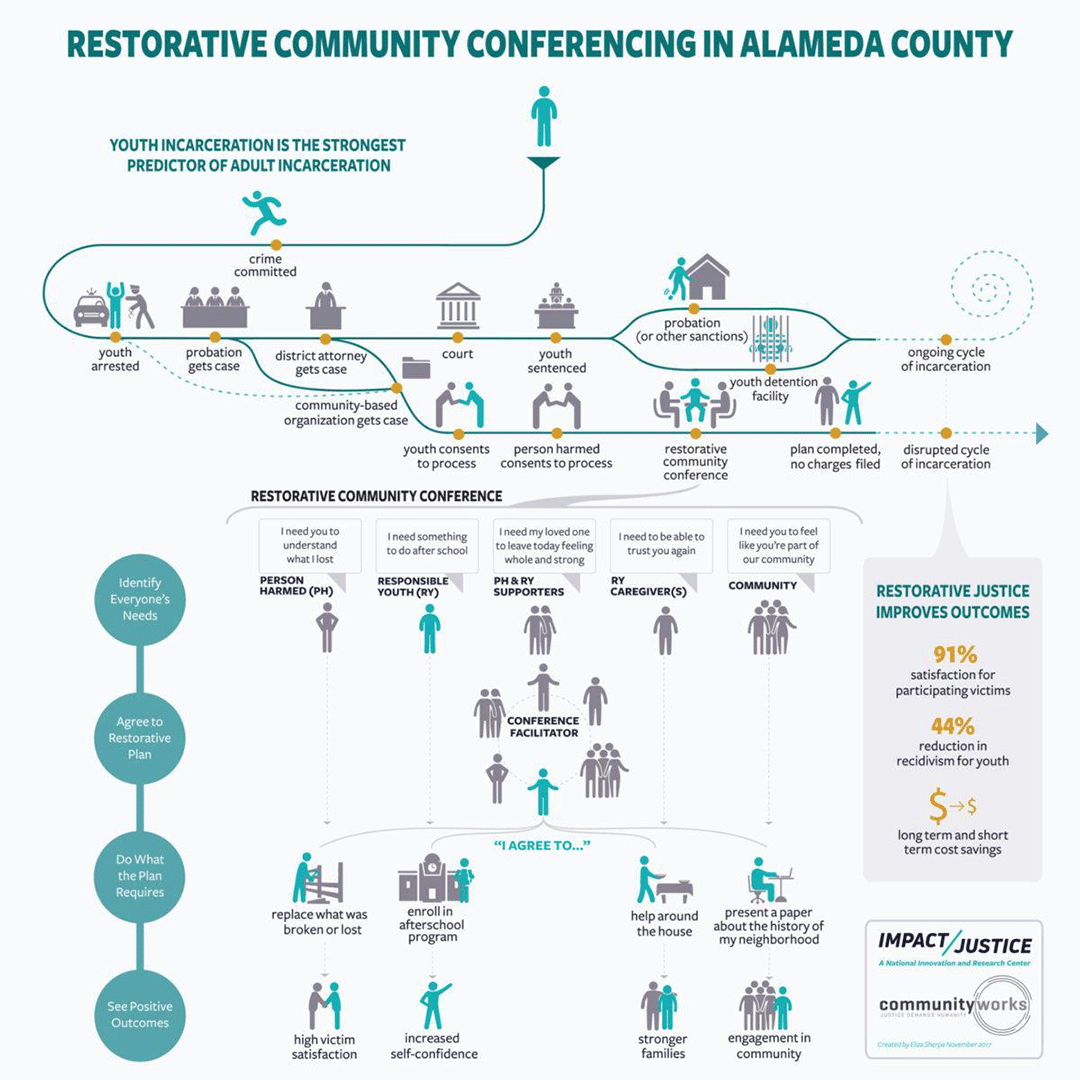
One of the most significant advantages of diversion of petty crime cases, says Govinda, is that it drastically reduces costs necessary for investigation, surveillance and law enforcement. This enables reallocation of state funds to neglected areas of education, health, and more community-based anti-crime interventions that address systemic problems through the setting up of youth centres, shelter homes, awareness programmes and so on.
This handbook presents several cases of community driven approach for ‘street crime’ rampant in many localities in the United States. It recognises the fact that petty or street crime such as robbery, burglary and the like are the result of a broader economic crisis of unemployment and poverty. Thus, one of the anti-crime programmes practised in Ohio called ‘Rent-a-Kid’ helped create employment for teenagers “[giving] youngsters a chance to obtain money without resorting to criminal activities.” In Philadelphia, neighbourhood walks by the people from the community helped create safer spaces for women and prevented incidents of burglary.
Facilitating diversion of petty crimes away from the punitive justice system has been on the agenda of many of the localities, especially where juveniles have been involved. Diversions can help move away from police brutality, rampant in American society against Black people.
Bindu Doddahatti, also a member of PFK, is more sceptical. She points out that diversion only works in the USA because it’s mandatory in many states and largely outside the ambit of police stations and courts. In India, provisions such as that of ‘compoundable offences’ may appear to facilitate a similar process but are severely undermined by the fact that they are still entangled with law enforcement agents. “In many cases of domestic violence, a case is never registered but the police are involved in several ways. They might send the couple for counselling or call the husband to the station where he could threaten his wife into withdrawing the case,” explains Doddahatti.
It is easy to see a parallel here with the US state policy for women. The mainstream feminist movement in the US pushed for the Violence Against Women Act in the 90s which attempted to increase funding to the police and prisons, in an attempt to curb domestic violence. After the passing of the act, the deployment of more police forces resulted in harming black women and women from other marginalised communities. Several instances were recorded where the police harrassed and beat women for speaking up against the violence they faced by their husbands. Some women were tried in court and found guilty for resisting violence at home with violence.
Considering that women have no agency in these spaces, “there is no balance in the way these powers are exercised”. Referring to the Sakhi One Stop Crisis Centre (OSCC) scheme implemented since 2015 by the Nirbhaya Fund, she says that while she wouldn’t call them a complete failure, a vast majority are far from survivor-centric:
“If you look at what they’re doing, they’re colluding with cops. They have a bunch of rules and I’ve taken people to these centres and I’ve seen them get intimidated by the place. The cops sit right there even though they’re not supposed to be involved!”
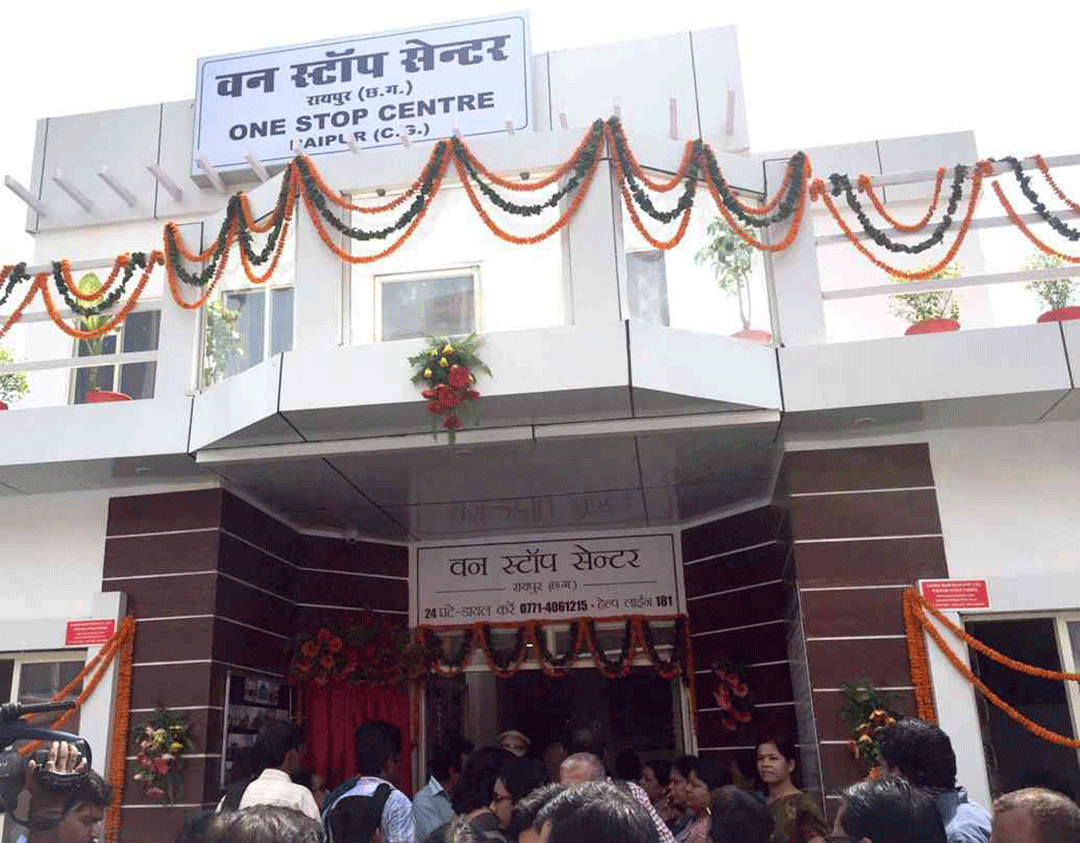
While state mechanisms of diversion in India have always had a more mediation framework than a restorative one, even NGOs starting out with a restorative agenda can get co-opted. “If they’re working in these spaces they have to build relationships with the police and the police will favour the NGOs they have that relationship with so it’s a two-way sort of thing,” says Govinda, bringing to mind INCITE!’s stance on funding and state co-opted activism. Given that certain behaviours which are essential to an RJ process—such as admission of guilt, expression of regret, or honest dialogue between parties—are considered liabilities in the Criminal Justice system, the extent to which both approach can coexist or function within the same space is considerably limited.
Sustainability, along with a lack of documentation, is thus one of the biggest problems faced by restorative justice practitioners, he surmises. “Especially in cases of sexual crime, most local experiments with [restorative justice] are very poorly documented unless they’re state or corporate-funded,” he says, adding that Project Restore and the Truth and Reconciliation Commission, South Africa, are possibly the best documented ones.
That said, all the restorative justice practitioners we spoke to emphasised that models cannot be replicated or universalised. “You can be inspired by them,” says Doddahatti, “but you can’t reproduce them.”
Finding a “good” way
One of the biggest contentions between restorative justice practitioners is the question of reform vs. transformation.
While some believe that restorative justice may be used to reform and improve the criminal justice system, others argue that since the problems of our justice system are so deeply structural and systemic, it can instead be used as the first step in a larger project of transforming society. Afterall, writes Mariame Kaba, one of the questions that frequently arise for restorative justice practitioners is “how can we practise community accountability for violence when our ‘communities’ are so often overrun with victim-blaming and often crippled by oppression?”
This is where the concept of transformative justice comes in.
“… both concepts are essentially reaching for the same goal. Still, there is reason for debate… [the] term restorative justice necessarily leads to questions regarding what we want to restore. If one poor neighbor steals from another poor neighbor, are we just seeking to restore the victim to his previous level of poverty? With the term transformative justice, it is more blatantly clear that we wish to not only provide restitution to the victim, but that we want to improve the overall situation for the victim, the offender, and the community.” – Curriculum guide on transformative justice by Project NIA.
As we have seen in the cases encountered by restorative justice practitioners, from murder to petty crime, identifying why harm was caused in the first place becomes a very significant part of the justice process. In their essay ‘What Is/Isn’t Transformative Justice’, Adrienne Maree Brown writes:
“To transform the conditions of the ‘wrongdoing’, we have to ask ourselves and each other ‘Why?’ Even—especially—when we are scared of the answer… It’s easy to decide a person or group is shady, evil, psychopathic. The hard truth (hard because there’s no quick fix) is that long term injustice creates most evil behaviour.”
The adoption of the Gladue Principles in Canadian courts to ensure systemic recognition of historical injustice against Native American communities by white colonisers, is one example of what happens when we ask why. As Lenin said, when people are not equal in society, the law must treat them unequally in order to correct historical wrongs and enable structural change.
Abolition feminists like Kaba and Davis argue that prisons themselves need to be abolished to bring about real transformation. While this might seem like an idealistic or unrealistic notion, Doddahatti explains that the plan is not for it to happen overnight but rather through finding ways to reduce the number of people in prison. Community-led anticrime programmes, diversion, restorative justice processes, and open prisons as advocated by the Prison Aid and Action Research (PAAR) for instance, are some examples of how we can get to this transformation. As Baliga says, engaging with restorative justice is a constant exercise in learning what justice can look like. Afterall, she concludes, “We need a good way when we’re going to stop doing the bad way.”
Read in Hindi.



